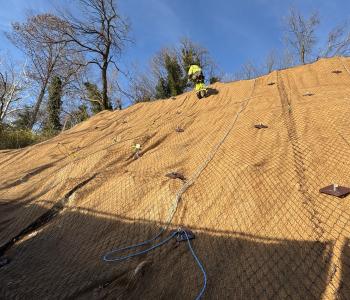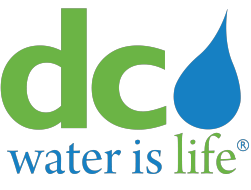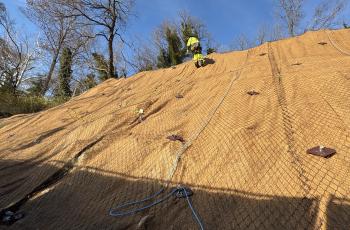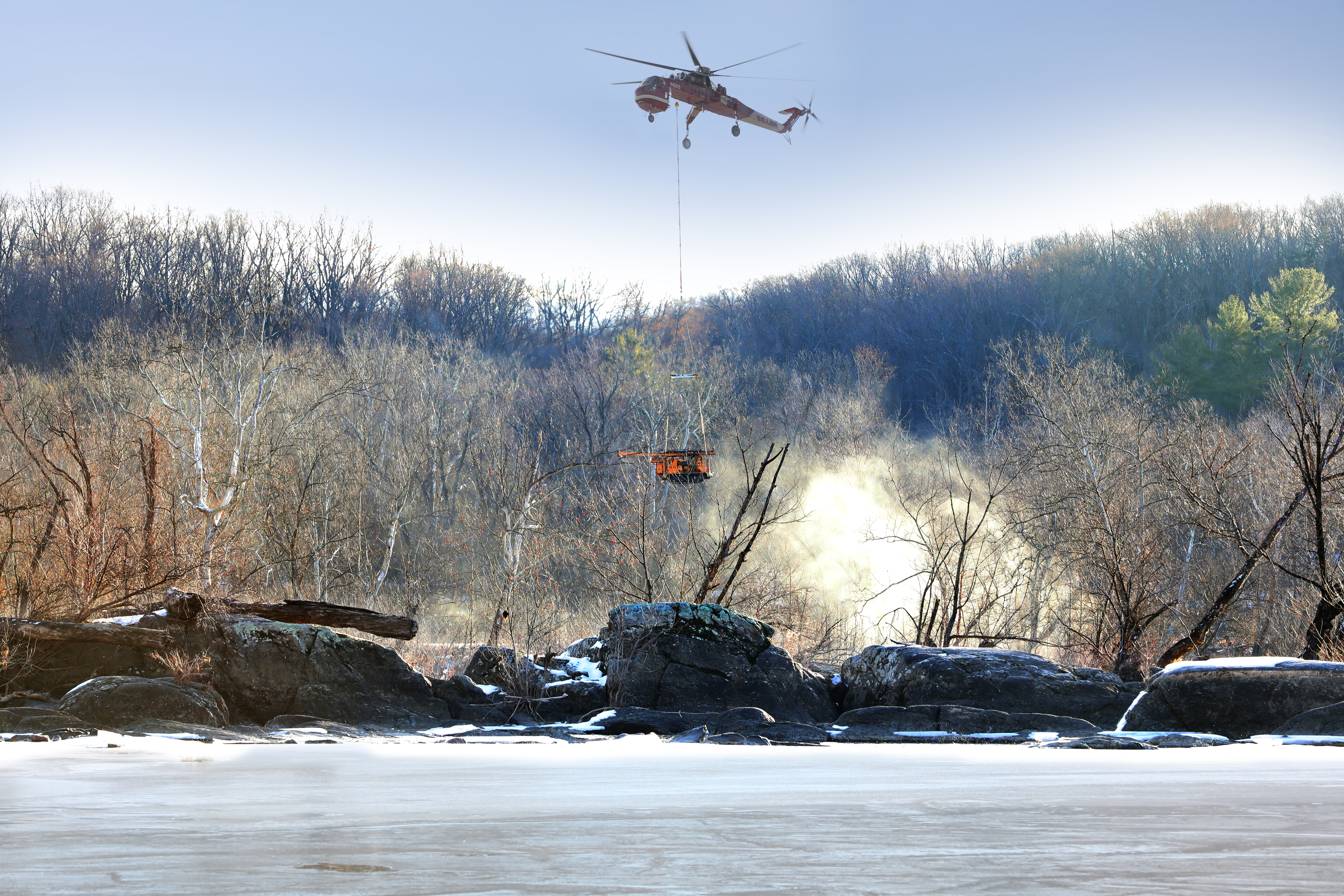DC Water Green Challenge winners take their innovative green projects to the streets
DC Water today announced the winners of the second phase of its Green Infrastructure Challengea competition designed to support DC Waters ambitious plan to incorporate green infrastructure (GI) as part of the solution to capture stormwater and prevent combined sewer overflows (CSOs). Green infrastructure includes installing green roofs (gardens on rooftops), rain gardens, rain barrels, and pervious pavements; removing impervious surfaces; and using other natural means to capture and infiltrate rain water. Capturing the water before it can enter the combined sewer system aids in reducing CSOs.
The GI Challenge began two years ago with a call for engineering firms to submit creative GI concepts and designs. There were seven winners of the first phase from which two were selected for further design and construction. CH2M and Nitsch Engineering were awarded contracts to complete final designs for green infrastructure projects on Kennedy Street NW and on Kansas Avenue NW.
The two selected designs are:
Kennedy Street Green Infrastructure Streetscape Project Located along the 100 block of Kennedy Street NW, this project will integrate GI into the streetscape to enhance green space and provide community amenities while capturing and treating stormwater runoff. The project is anticipated to be constructed in coordination with the District Department of Transportations (DDOT) upcoming streetscape improvement work on Kennedy Street, NW, with a projected completion date in spring/summer 2016.
The Kansas Avenue Green Infrastructure Parks Project Located within two small triangle parks (Kansas Avenue NW and 3rd Street NW, and Kansas Avenue NW and 2nd Street NW), these projects will feature GI that supports community use of the parks and highlights revealed stormwater management processes that function as a site amenity. These projects are anticipated to be constructed in 2017 pending final approval of DC Waters recommended modification to the 2005 consent decree.
Commenting on the Challenge, DC Water CEO and General Manager George S. Hawkins said, This Challenge demonstrated to us that there are endless variations on green infrastructure. Not only functional, the designs were creative, innovative and attractive. The engineering community brought us their best to help make the District of Columbia a world-leader in the use of green infrastructure. I applaud the winners and we all look forward to a walk in these parks.
As in many older cities, about one-third of the District has a combined sewer system. A CSO occurs during heavy rain when the mixture of sewage and stormwater cannot fit in the sewer pipes and overflows to the nearest water body. This was the engineering design in the late 1800s and was preferable to the combined sewage backing up in homes and businesses and on the streets. Since the early 1900s, only sewer systems with separate pipes for sewage and stormwater have been installed in the District. CSOs contain bacteria and trash that can be harmful to waterways and the aquatic life they support. The DC Clean Rivers Project will decrease CSOs by 98 percent to the Anacostia River and 96 percent to all three waterwaysthe Anacostia and Potomac Rivers and Rock Creek. DC Water recently announced an agreement with the consent decree parties to modify the 2005 consent decree to include GI, in place of or in conjunction with gray engineering solutions, to capture stormwater and prevent CSOs. DC Water is also developing a training and certification program to prepare and hire District residents for green jobs.
A public meeting on these projects was held on May 28th to gather feedback and input on the concept design process. A follow-up meeting to present designs will be held on July 9, 2015. More information on the meeting and the Green Infrastructure Challenge can be found at dcwater.com/greenchallenge.







